
Jamie Carter
Jamie Carter is a freelance journalist and regular Live Science contributor based in Cardiff, U.K. He is the author of A Stargazing Program For Beginners and lectures on astronomy and the natural world. Jamie regularly writes for Space.com, TechRadar.com, Forbes Science, BBC Wildlife magazine and Scientific American, and many others. He edits WhenIsTheNextEclipse.com.
Latest articles by Jamie Carter

January 'Wolf Supermoon': How to see the full moon rise with Jupiter this weekend
By Jamie Carter published
The first full moon of 2026 and of winter in the Northern Hemisphere will shine brightly this week, just as Earth makes its annual closest approach to the sun.
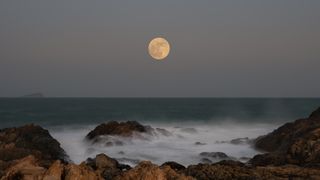
Full moons of 2026: When to see all 13 moons rise next year
By Jamie Carter published
When does the next full moon rise? Find out exactly when to see the full moons of 2026, including the full "Wolf Moon" supermoon in January.
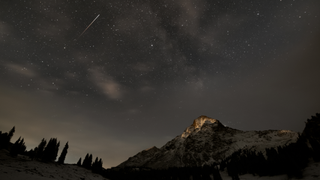
Quadrantid meteor shower peaks this week: How to see the first 'shooting' stars of the year
By Jamie Carter published
The Quadrantids will be harder to see than usual due to the bright full moon. Here's how to get the best views.
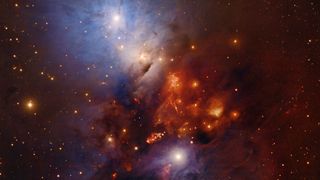
Stunning array of 400 rings in a 'reflection' nebula solves a 30-year-old star-formation mystery — Space photo of the week
By Jamie Carter published
The discovery is the first direct observational confirmation of a theory for how young stars feed on, and then explosively expel, surrounding material.
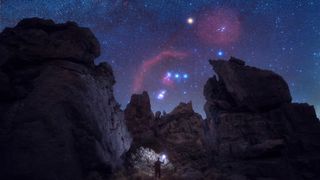
The easiest constellations for beginners to spot in winter (and what you need to see them)
By Jamie Carter published
From Orion and Taurus to Auriga and Perseus, here are 10 easy sets of stars to find in the Northern Hemisphere’s winter night sky.
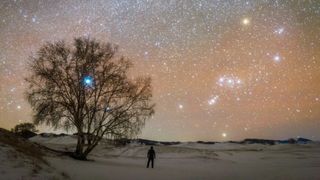
The 9 best things to see in the night sky with binoculars from November 2025 to January to 2026
By Jamie Carter published
Discover the highlights of the Northern Hemisphere’s winter night sky with our guide to the top celestial sights to enjoy through binoculars between November 2025 and January 2026.
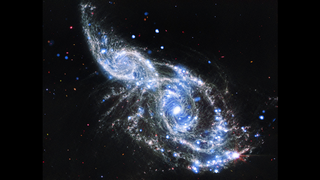
Glittering new James Webb telescope image shows an 'intricate web of chaos' — Space photo of the week
By Jamie Carter published
This mash-up of data from the James Webb Space Telescope and the Chandra X-ray Observatory reveals two galaxies mid-collision, with their spiral arms overlapping and bending toward their neighbors' cores.
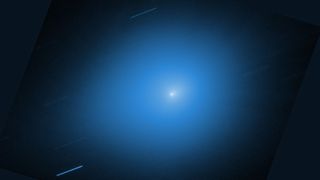
Comet 3I/ATLAS reaches its closest point to Earth tonight: How to see it
By Jamie Carter last updated
Comet 3I/ATLAS, the third interstellar object ever detected, reached its closest point to Earth overnight from Thursday to Friday (Dec. 18 to 19), and it remains in a good viewing position tonight. Here's how to see it.
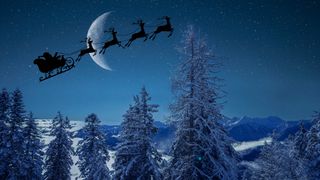
Stargazing over the Christmas holidays 2025: 10 great reasons to look up
By Jamie Carter published
Your guide to the best sights the night sky has to offer from Dec. 20, 2025, to Jan. 4, 2026 — and the gear you'll need to see them.

Ursid meteor shower 2025: When and where to see 'shooting stars' on the longest night of the year
By Jamie Carter published
Here's how to see the Ursid meteor shower, which peaks in dark skies close to a new moon this year.
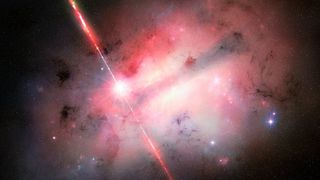
Strange, 7-hour explosion from deep space is unlike anything scientists have seen — Space photo of the week
By Jamie Carter published
Astronomers used major telescopes across the world to probe a cosmic explosion 8 billion light-years from the solar system.
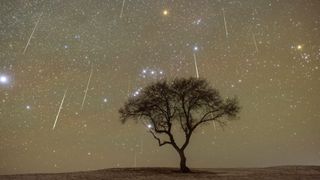
See up to 150 'shooting stars' per hour this weekend as the Geminid meteor shower reaches its stunning peak
By Jamie Carter last updated
The Geminid meteor shower peaks this weekend! The Geminids peak overnight on Dec. 13 and 14, when up to 150 "shooting stars" per hour will rain down on Earth in a near-moonless night sky.

When does winter start? Your guide to the 2025 winter solstice.
By Jamie Carter published
Astronomical winter begins Sunday, Dec. 21 in the Northern Hemisphere. Here's how the solstice works.
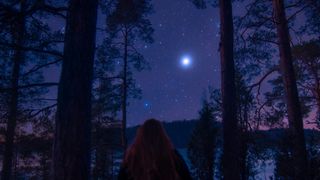
How to find the 'Christmas Star' — and what it really is
By Jamie Carter published
A brilliant point of light is rising in the eastern sky soon after dark this month, drawing comparisons to the "Star of Bethlehem."
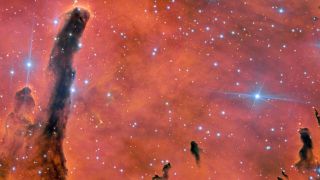
Ethereal structure in the sky rivals 'Pillars of Creation' — Space photo of the week
By Jamie Carter published
The twin telescopes of the Gemini Observatory mark 25 years of discovery as students name distant nebula Ua ʻŌhiʻa Lan.
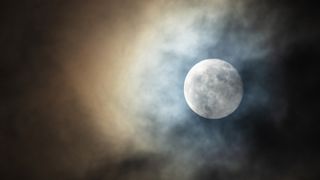
When is the next full moon?
By Jamie Carter last updated
When does the next full moon rise? Find out exactly when to see the full moons of 2025, including the full 'Cold Moon' supermoon in December.
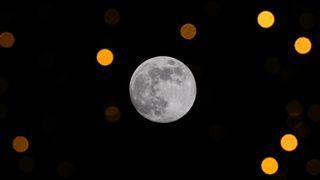
Cold Moon 2025: See the last and highest full moon of the year
By Jamie Carter last updated
The Cold Moon, the 12th and final full moon of 2025, rose on Thursday (Dec. 4) but will still appear bright and full on Friday (Dec. 5)
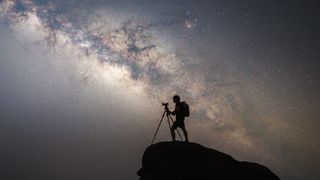
Astrotourism, dark-sky and Northern Lights travel essentials
By Jamie Carter published
Deals What to pack when you’re hunting dark skies and the aurora this winter — with some amazing Black Friday deals.
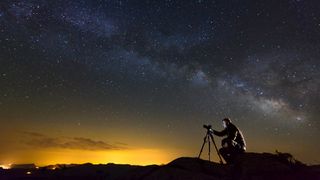
Astrophotography on a budget: The best Black Friday cameras, lenses, tripods and trackers hand-picked by an astrophotographer
By Jamie Carter published
Deals Good quality, great value gear for budding astrophotographers to look out for during Black Friday weekend.
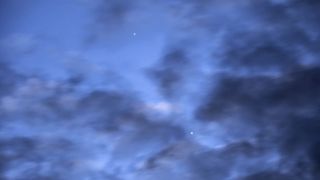
See a rare conjunction of Mercury and Venus late tonight
By Jamie Carter last updated
The inner planets Mercury and Venus will both be visible in the east-southeast sky before sunrise on Tuesday, Nov. 25.

Giant 'diamond ring' sparkles 4,500 light-years away in the Cygnus constellation — Space photo of the week
By Jamie Carter published
NASA's SOFIA observatory captured a rare image of a glowing gas ring in Cygnus X — a vast star-forming region 4,500 light-years away.

First Vera Rubin Observatory image reveals hidden structure as long as the Milky Way trailing behind a nearby galaxy — Space photo of the week
By Jamie Carter published
First-light images from the Vera C. Rubin Observatory have revealed a 163,000-light-year stream of stars emanating from the M61 galaxy, suggesting a violent past.

This week's Leonid meteor shower could be one of the best in years. Here's why.
By Jamie Carter published
The Leonids peak overnight Nov. 16-17, offering up to 15 meteors per hour under dark, moonless skies.
Get the world’s most fascinating discoveries delivered straight to your inbox.


